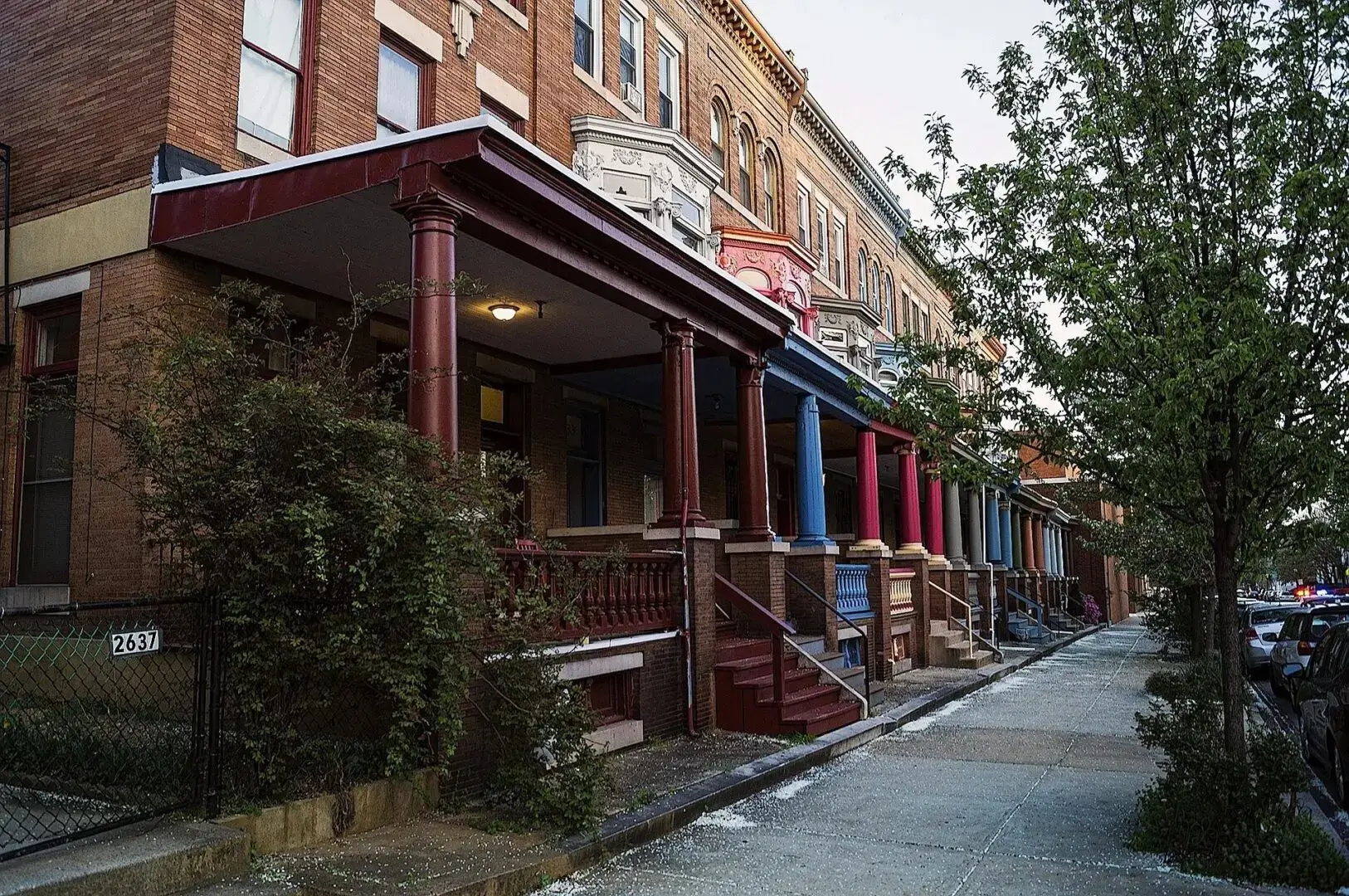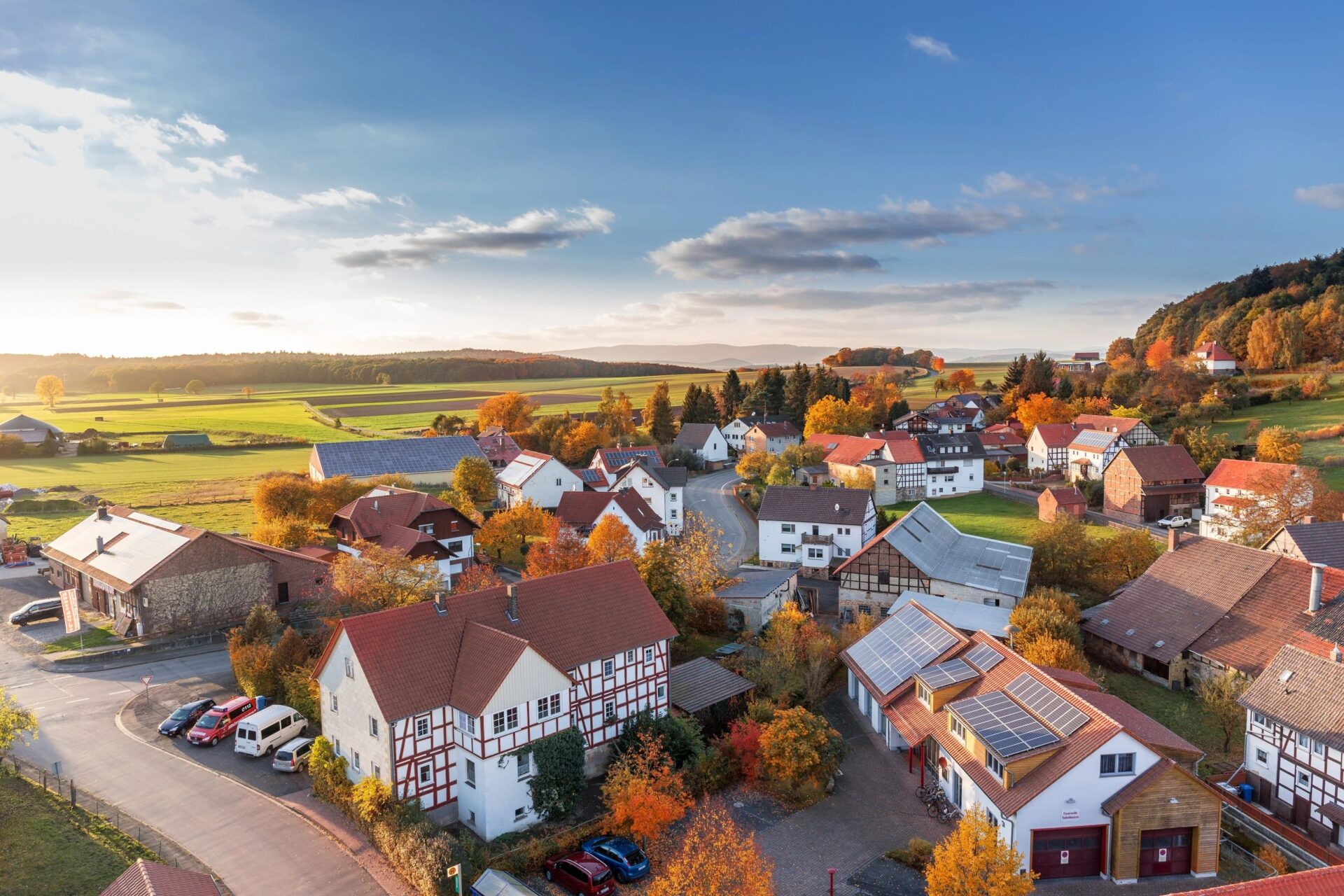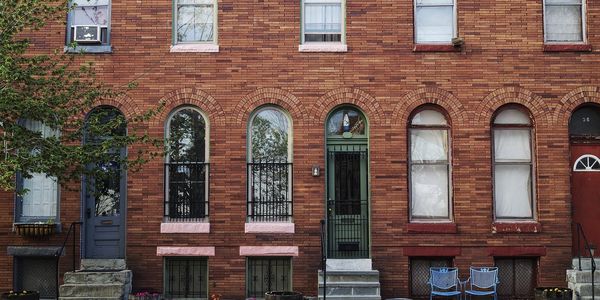Start a Community Organization

Get Started
The Day of--
How Did It Go?
Moving Forward
Find Affordable Housing
America's affordable housing is disappearing. Everyone deserves a decent, safe, and sanitary place to live; however, much work needs to be done. NAN is focused on working in coalitions with advocates and the housing industry to make affordable neighborhood housing a reality. -Ricardo Byrd

Middle Neighborhoods
Their website describes middle neighborhoods as "On the edge between growth and decline, middle neighborhoods are generally affordable, stable, and safe." US News describes middle neighborhoods as "...There is a sweet spot between the heart of a city and suburb. "Middle neighborhoods" offer the right balance of urban amenities and elbow room. The problem is that current zoning laws and other standards make it extremely challenging to build these neighborhoods."
www.middleneighborhoods.org discusses the Middle Neighborhoods Initiative, which brings attention to these neighborhoods across the country that have long been stable communities for middle and working-class families but that today are often teetering on edge between the growth of decline. Modest investments in middle neighborhoods can sustain them as safe, affordable communities that offer a high quality of life and access to new opportunities.

Live Baltimore

Whether looking to rent or buy a home in Baltimore, Maryland, Live Baltimore is a website complete with important information to help you accomplish your task. Baltimore City has over 278 diverse neighborhoods to help the home owner find just the right one. If looking for a neighborhood steeped in history, there is Upper Fell’s Point, Washington Hill, or Union Square. Maybe you’d prefer a location near the water, a kid-friendly area or a quiet strictly residential community. No matter your preference, Live Baltimore can assist.

Live Baltimore is a clearinghouse answering any question you may have on: how to find an affordable home, instructs on the complete home buying process, and buying vs. renting. Use the tools on the website to explore each neighborhood by name or geography, refine your search by cost or amenities with the “Filter Neighborhoods” tab. On the home page is the “Neighborhood Finder Tool” and finally, you can personalize your choices using the tab, “Perfect for Me.” Live Baltimore also provides “Things to Do,” “Community Organizations,” “Events,” “City Services,” and “Safety,” to name a few. For more information, http://livebaltimore.com
Additional Websites for Renting or Buying Homes:
Consumer Financial Protection Bureau
an official website of the US Government that provides information on all types of financial issues for both homeowners and renters. https://consumerfinance.gov
DC Housing Search
a free online locator of housing for rent or for sale. The website is funded through the DC Department of Housing and Community Development (DHCD). The available resource page provides links to other District agencies and organizations offering guidance for home buyers, renters, landlords and property managers. http://dchousingsearch.org
USA.gov
an official website of the US government that provides information and services assisting consumers searching for rental housing or looking to buy homes. There is further information on mortgages, moving, as well as, housing scams. http://usa.gov/housing